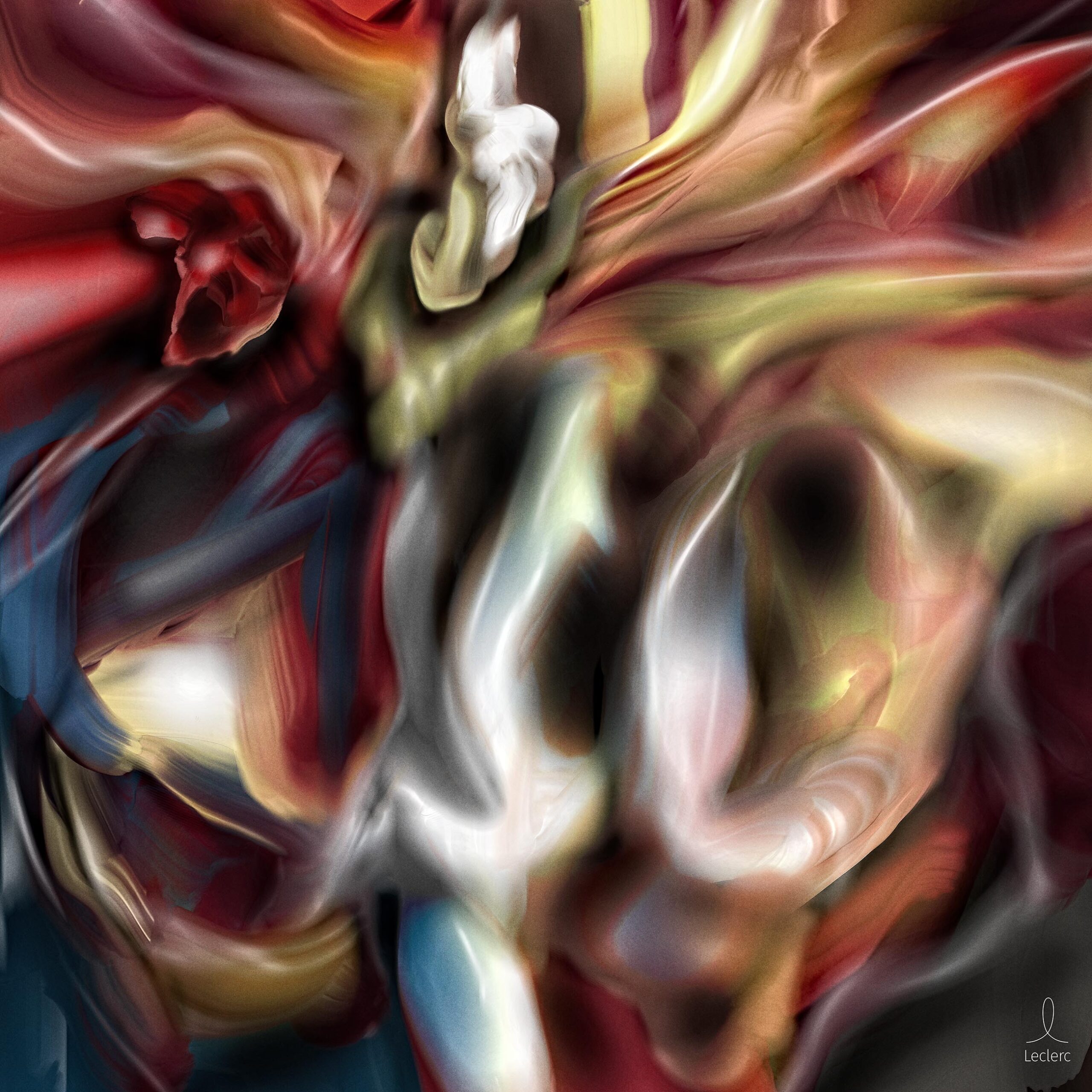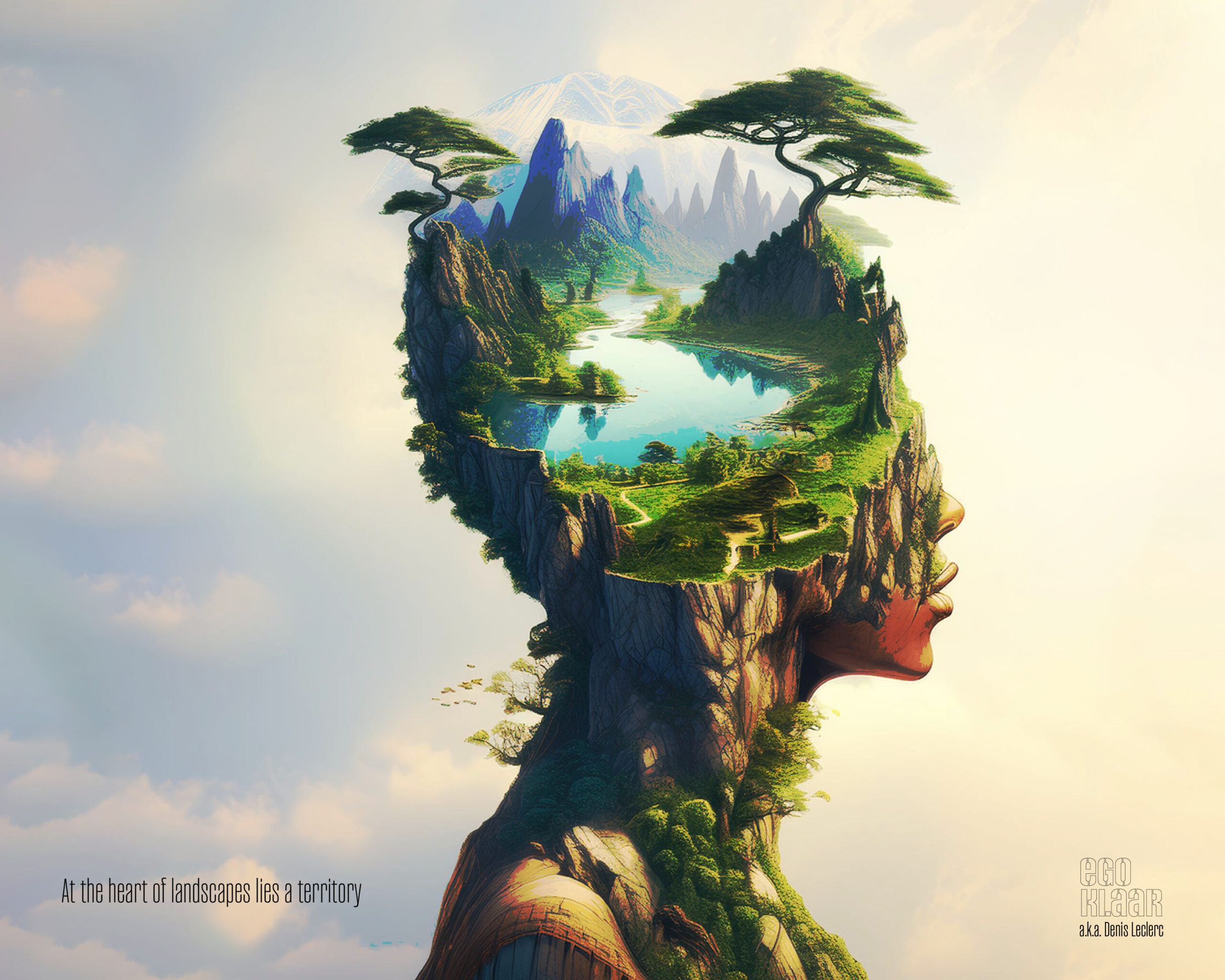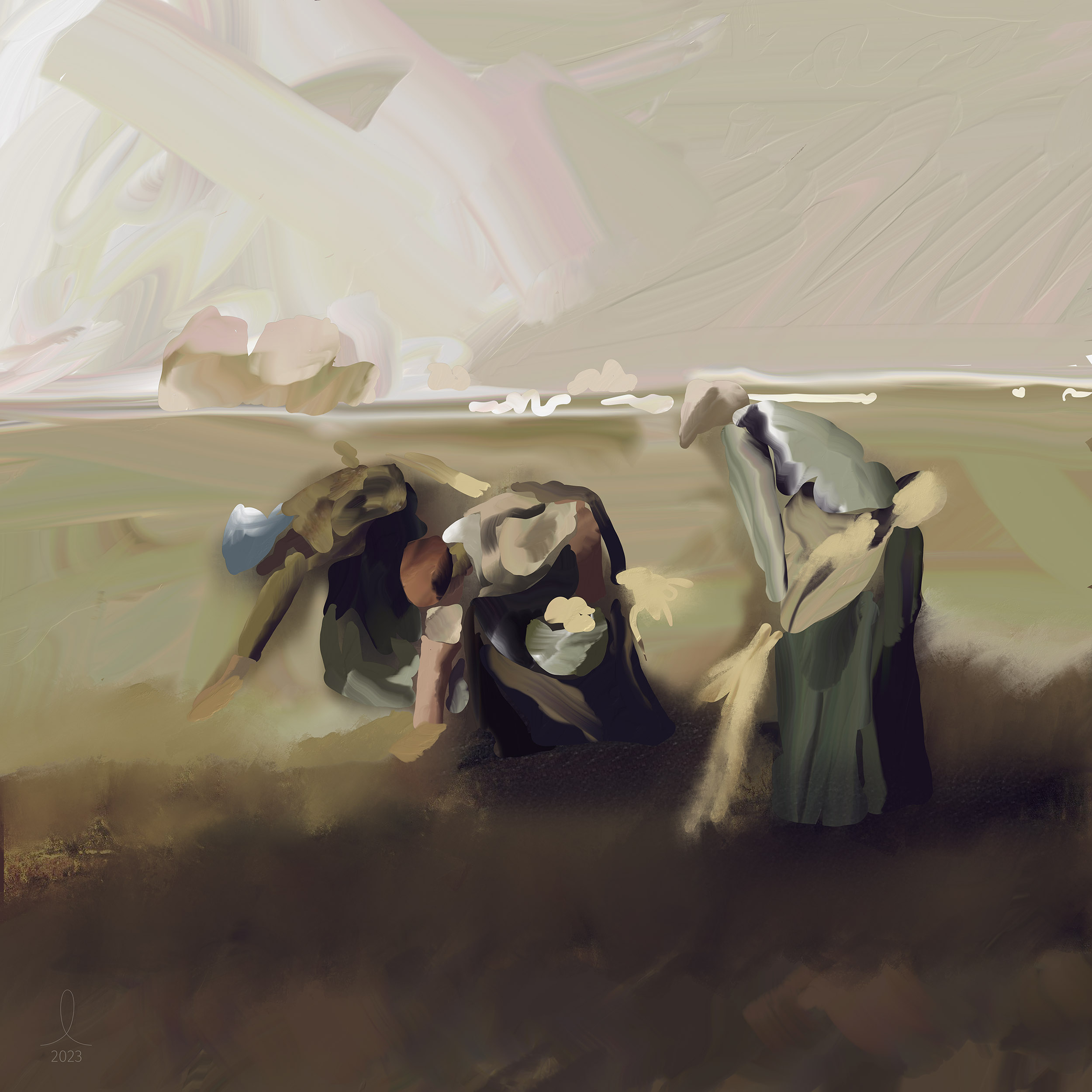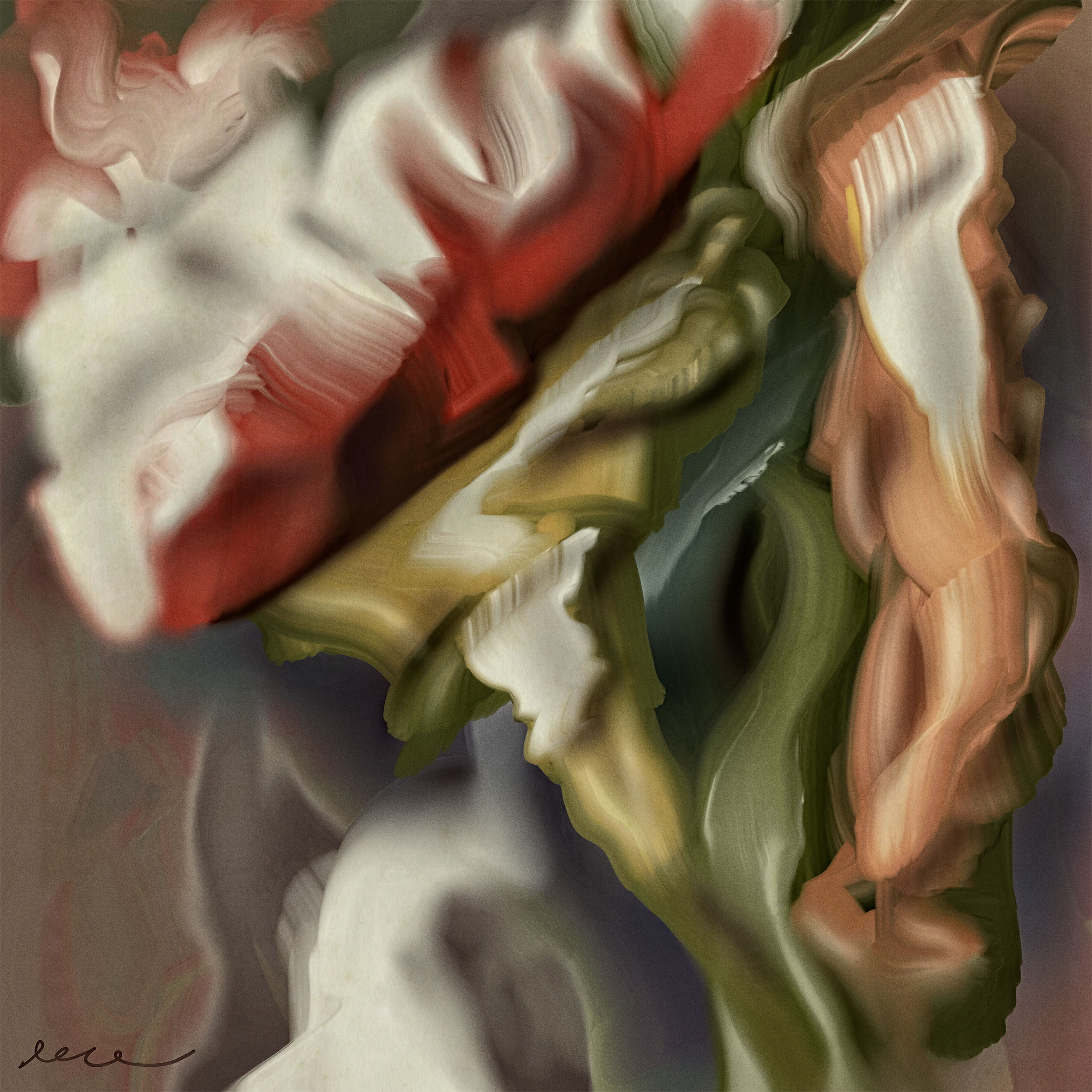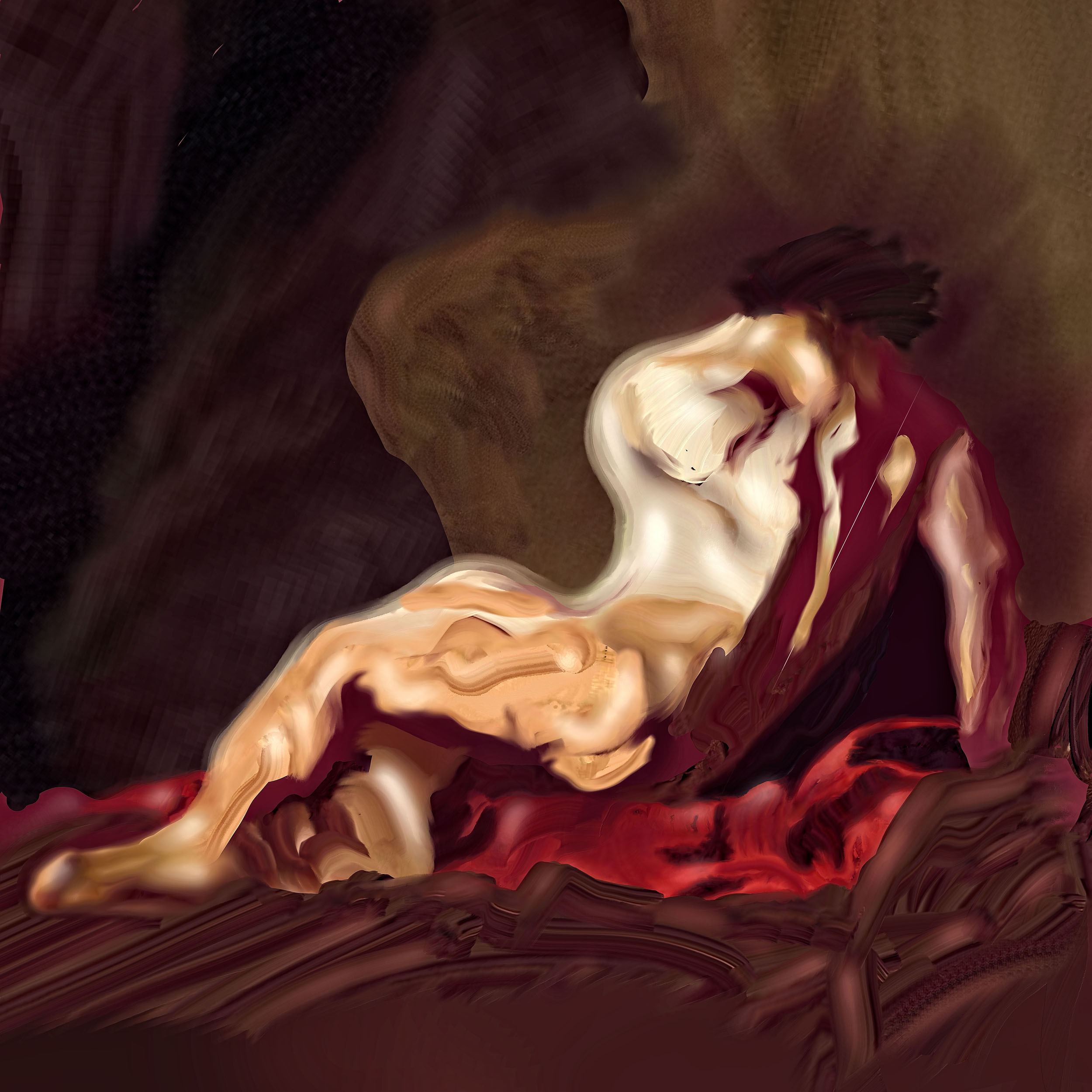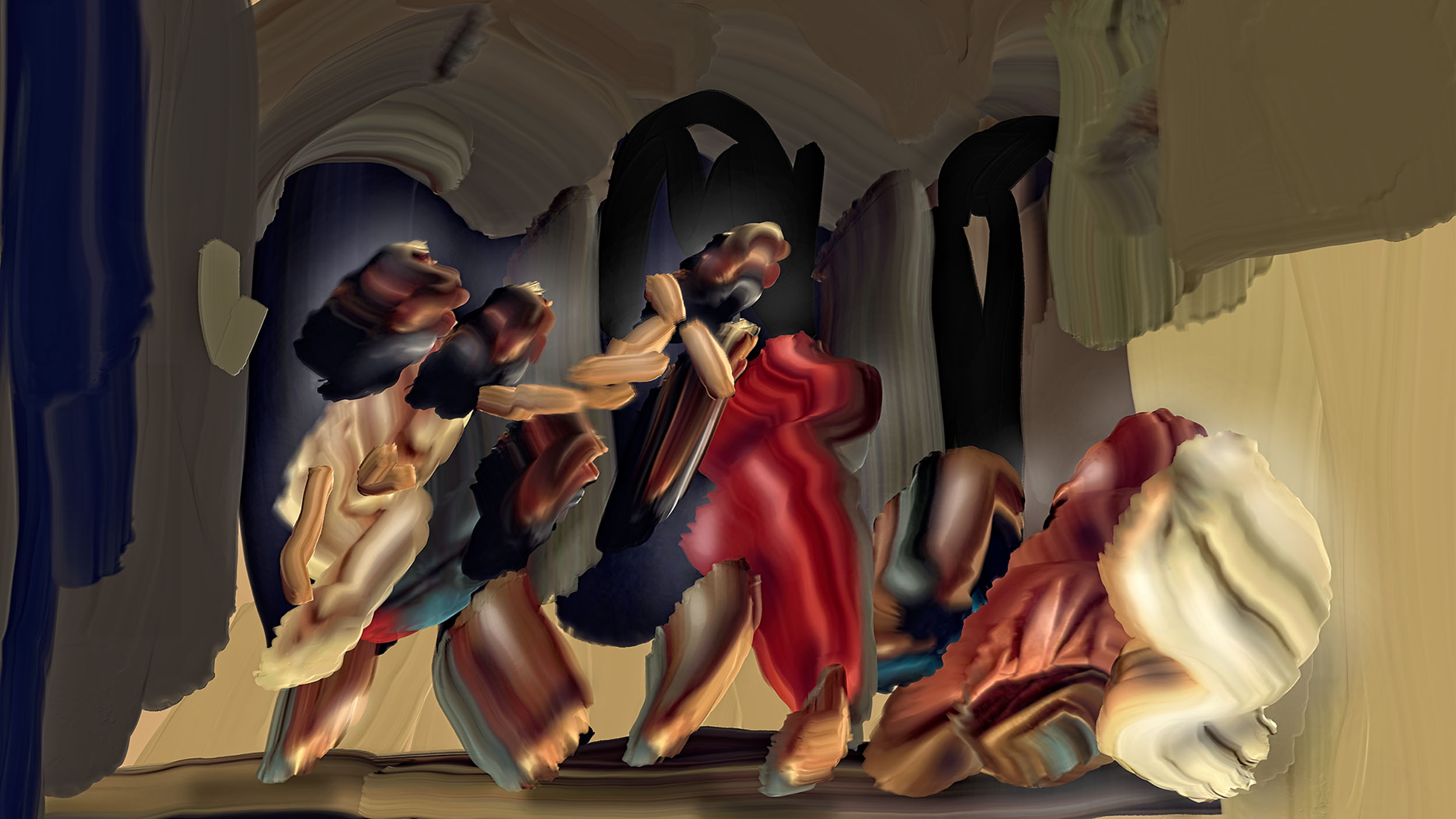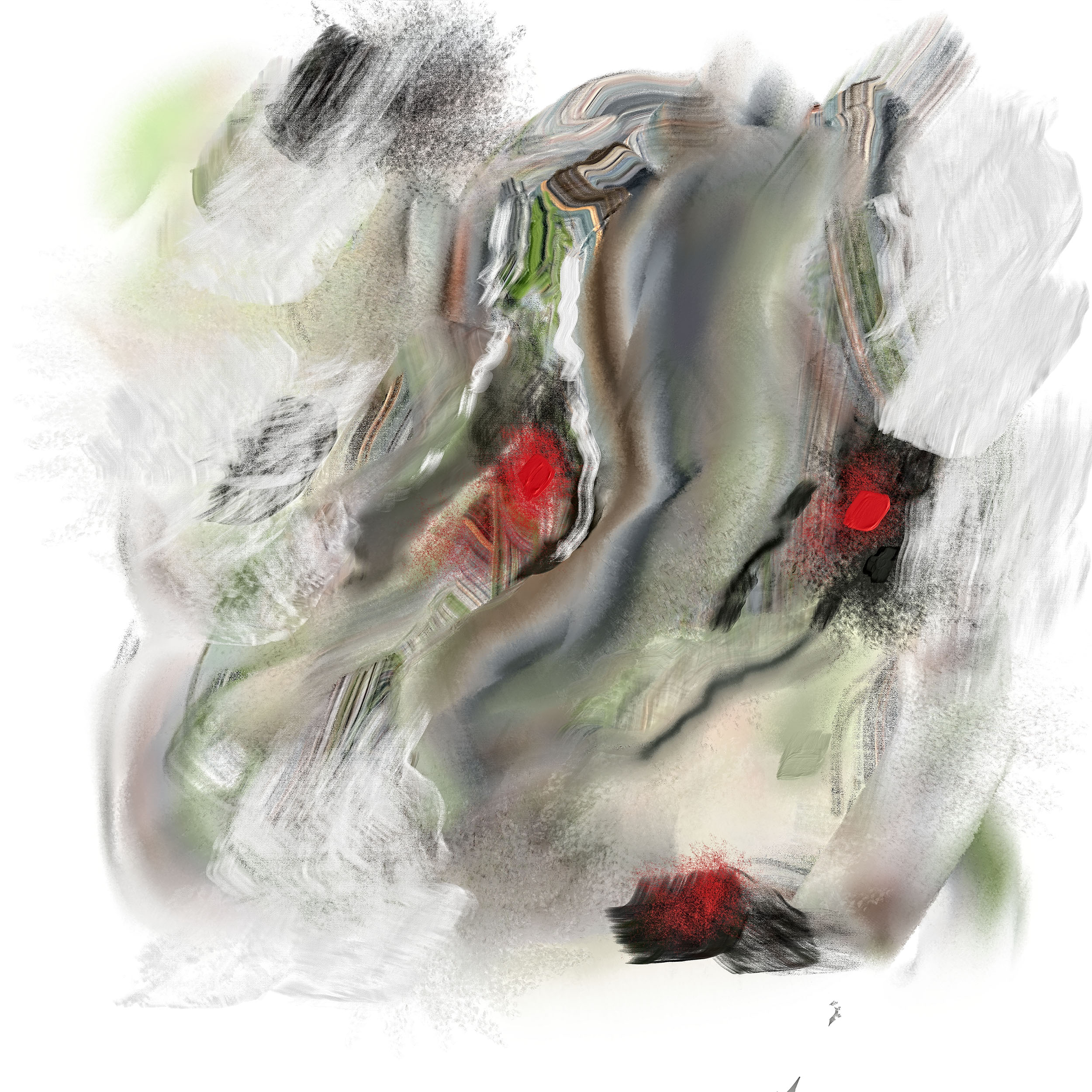Digital Fragments 359
Digital Fragments 359 is a unique iteration within the Quantum Field Series, which I regularly share on my Instagram platform. Through the Quantum Field Series, my primary aim is to visually delve into the intriguing interplay of different surfaces and how they can intricately interact and intersect with one another in captivating ways.
